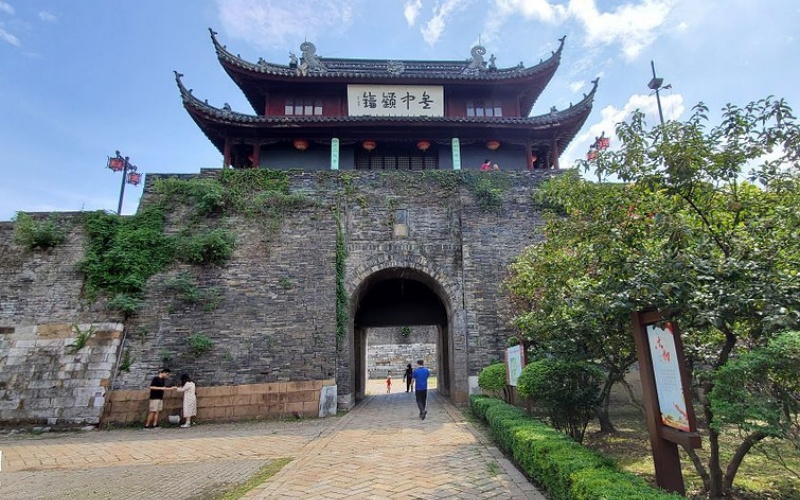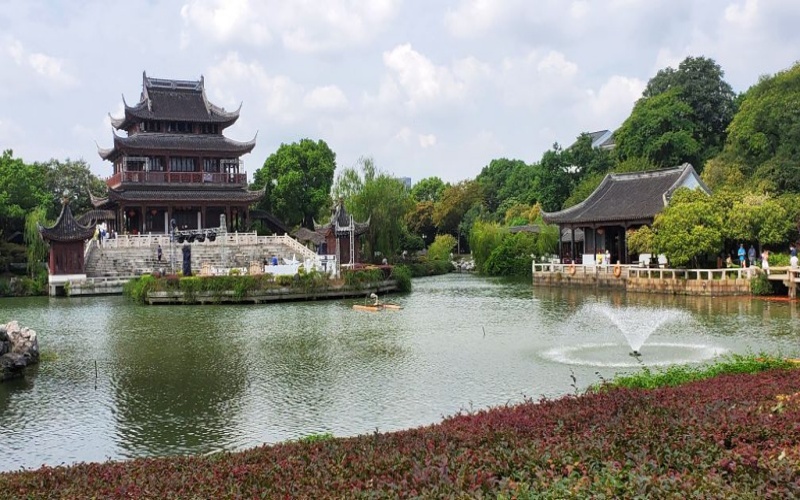Panmen Gate, a historical landmark in Suzhou, is located on the south-west corner of the Main Canal or encircling canal of Suzhou. As China's existing only water and land parallel gate, Panmen Gate is one of the signs of the ancient city of Suzhou. And now it is part of the Panmen Scenic Area.
What to see
Panmen Gate stands at the southwestern corner of the ancient city of Suzhou. With a history of 2,500 years, Panmen Gate is the most completely preserved part of the ruins of the ancient city of Suzhou.

Stepping onto the top of the gate, you can see the Wumen Gate Bridge and the Auspicious Light Pagoda. Together, they are popularly known as the Three Scenes at Panmen Gate.
Ruigang Pagoda, built in 247, is constructed of brick with wooden platforms and has simple Buddhist carvings at its base. On the top of the gate, you can see the three landmarks.
Wu Gate Bridge is the entrance to the gate at that time over the water passage and the highest bridge in Suzhou at the time.
History
It was first built in 514 BC as one of eight city gates in the Spring & Autumn Period (770-476 BC) when Suzhou was the capital of the Wu Kingdom, that surrounded and protected Suzhou, historians estimate it to be around 2,500 years old.

As a part of the ancient city wall built in 514 BC, Panmen Gate was the only entrance to the wall that surrounded ancient Suzhou. The architecture of the wall is truly amazing. The present gate was reconstructed in 1351. Consisting of Water and Land Gates, Panmen Gate is a fortress suitable for ancient water-towns like Suzhou in the southern part of China.
It is also known in China for its architecture complex of both land and water city gates. Therefore it is also often called the "Land and Water Gate".
Travel Tips
Address: No. 49 Main Street, Suzhou City,Jiangsu Province
Opening Time: 7:30-17:00
Admission Fee: CYN 40
